With international crises boiling on three continents, it is easy to think that things could not possibly get any worse. But, of course, they can, and that proposition is being tested presently in Pakistan where anti-government protests area growing more aggressive.
300 were injured in overnight battles with government forces on Saturday night into Sunday morning. Demonstrations by Pakistanis loyal to opposition politician Imran Khan and cleric Muhammad Tahir-ul-Qadri that began two weeks ago became more violent this weekend as police used tear gas and rubber bullets to disperse crowds.
The protest movement has been camped outside of Pakistan’s parliament in Islamabad since August 14-15. They are accusing Pakistani Prime Minister Nawaz Sharif of rigging elections and are demanding that he resign. What began as a peaceful effort to seek Sharif’s abdication has grown more tense since the Pakistani military was asked to mediate negotiations between the government and the protesters.
NDTV reported that protesters fear the involvement of the military raises “fears the military would use the situation to enact a ‘soft coup’ and increase its dominance over civilian authorities.” Khan and Qadri have called on protesters to cooperate with the military.
Local and foreign observers said the polls were credible, and analysts believe the protests have been coordinated by the powerful army as a means of re-asserting its dominance over civilian authorities.
Overnight last night, anti-government protesters stormed a state-run television network. The channel was briefly taken off the air, but was resorted after a second night of fighting between protesters and government forces began to die down. Three protesters were killed in overnight clashes.
“[T]he deadlock has raised the prospect of an increasingly dangerous confrontation that could bring down the 15-month-old civilian government,” Omar Waraich wrote in Monday’s Time Magazine.
Doctors treating the injured said the police had used several rounds of tear gas, baton charges and even rubber bullets. Images circulating on social media showed the bodies of protesters bearing bloody and livid scars from the apparent use of rubber bullets. At the same time, the police said they were confronted with a contingent intent on carrying out violence against state institutions, armed with large sticks, hammers and iron rods. Some of the protesters cut the gates at Parliament, letting hundreds enter into its lawns and parking area.
Pakistan’s journalists were caught in the middle of the clashes. Geo TV, one of Pakistan’s largest news channels, claimed that its offices were attacked by protesters, broadcasting images of large holes in its glass building. The standoff between the government and the protesters has sharply polarized Pakistan’s lively and excitable news media, with prominent news anchors taking vocal positions on both sides of the divide.
Sharif’s government has attempted to engage with the demonstrators. Earlier in the week, the army chief General Raheel Sharif — no relation to the Prime Minister — had been asked by the government to step in and mediate an end to the protests. But neither Khan nor Qadri seem prepared to compromise on anything short of their exacting demands.
The tumult roiling one of South Asia’s foremost nuclear powers should certainly be on America’s radar, but the proliferation of crises in Ukraine, Libya, Syria, and Iraq have spread thin the nation’s attention span.

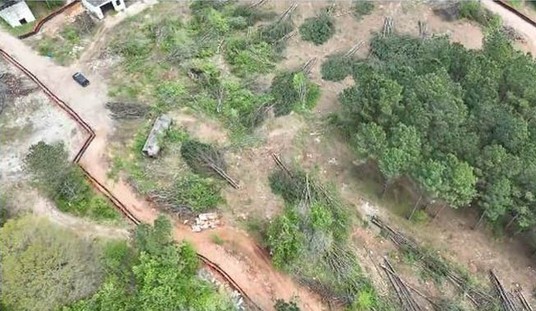
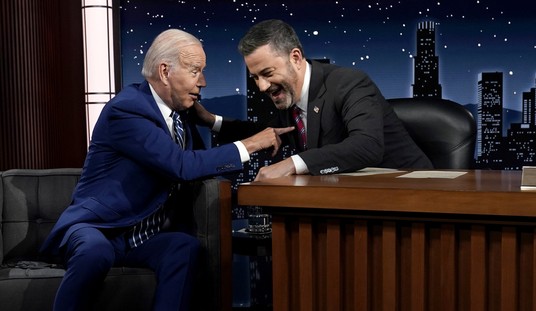
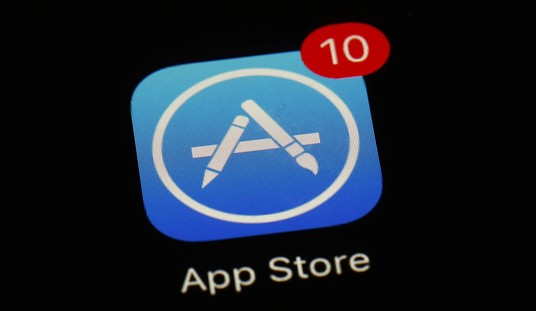

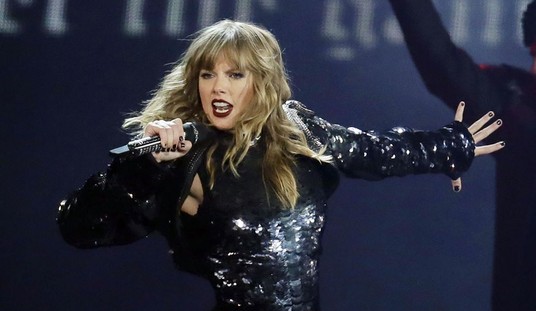
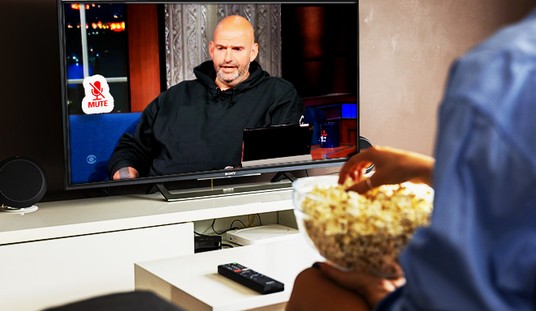
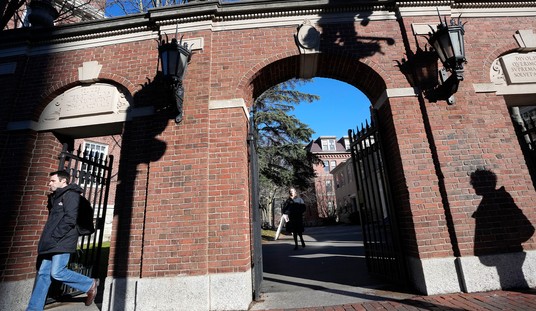
Join the conversation as a VIP Member